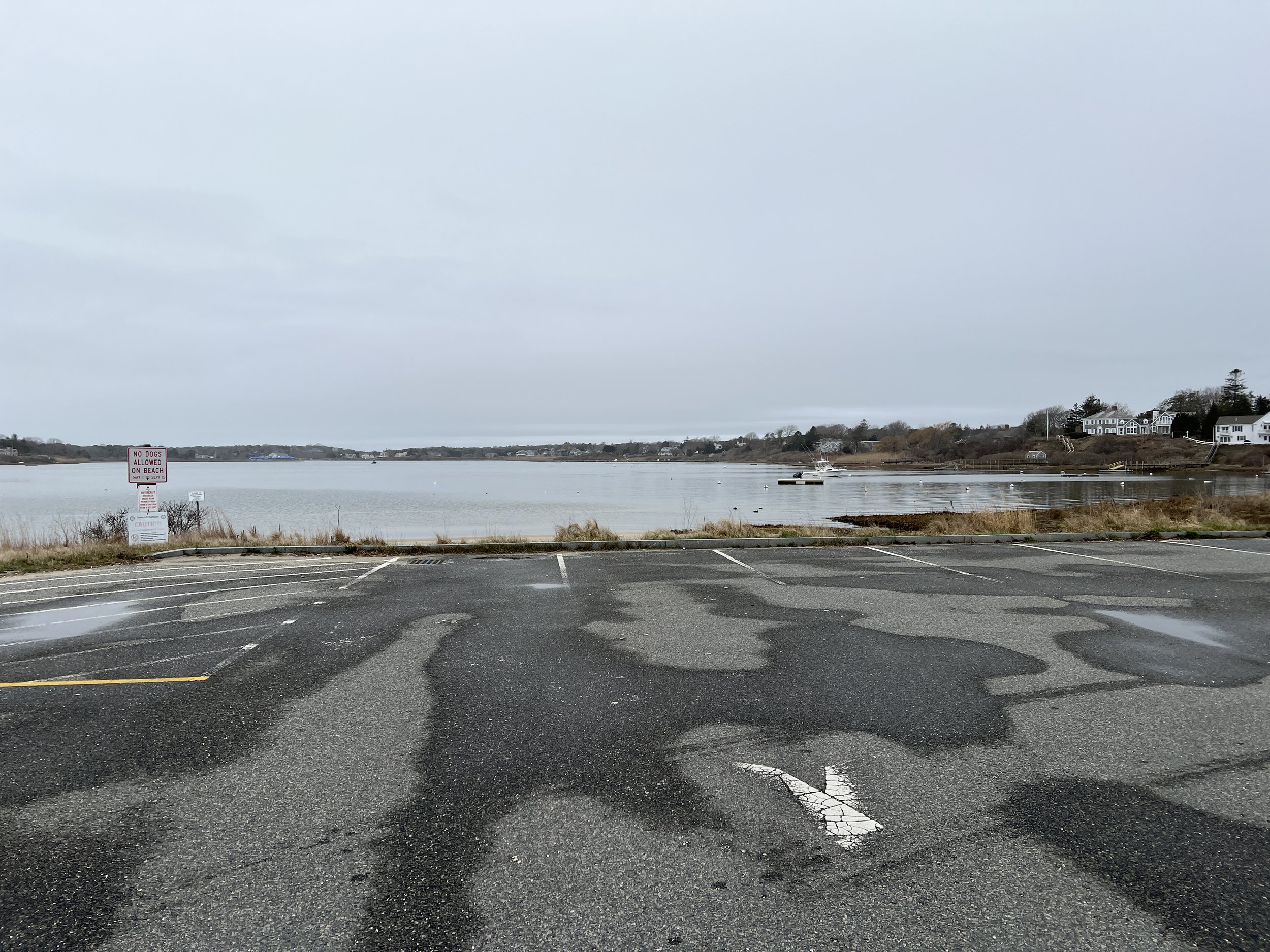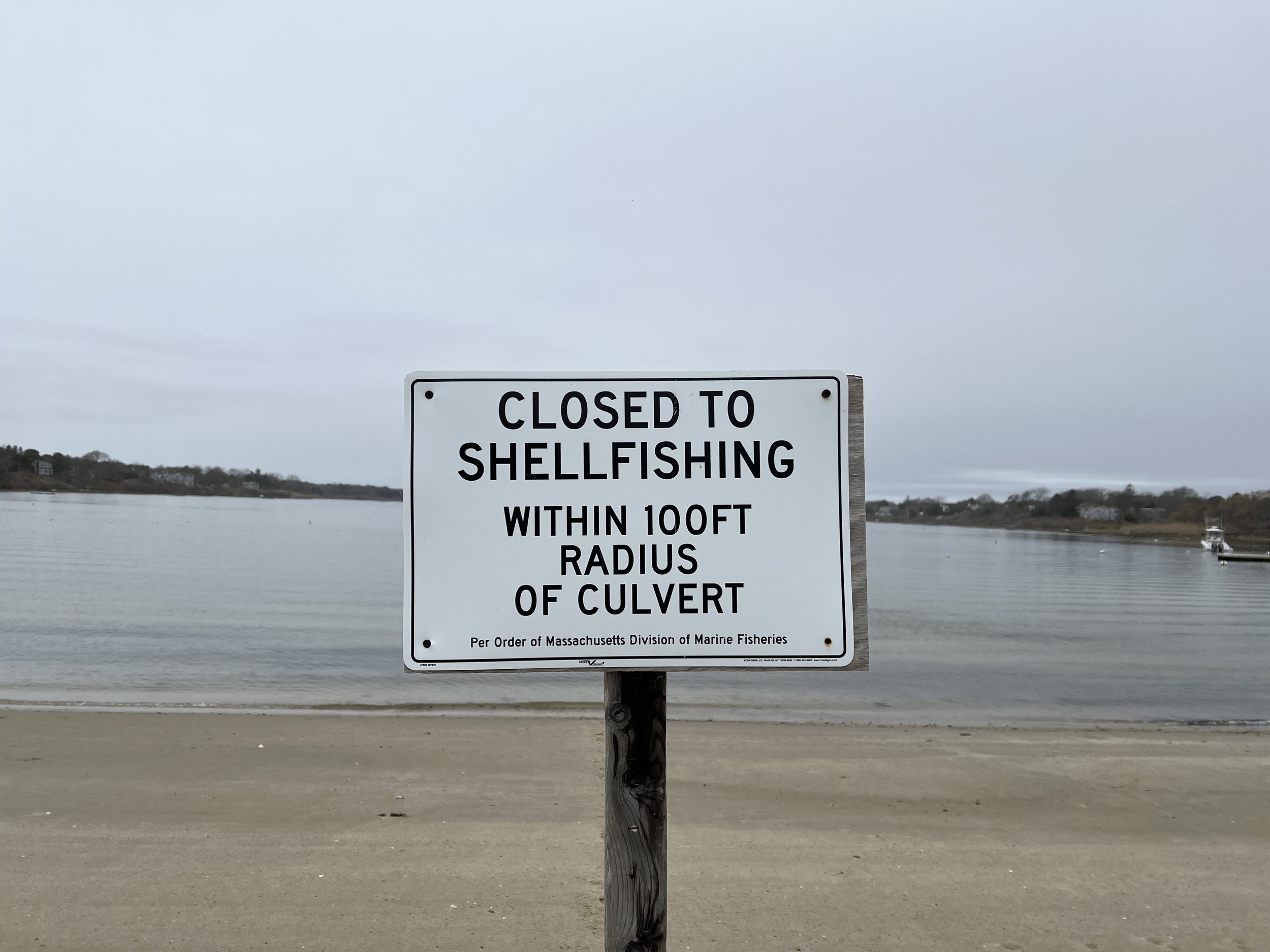Stormwater in the Conservancy District
Proposed Bylaw Amendment, January 18, 2025
I propose a revision of the Protective Bylaw (Zoning) by inserting a new paragraph “m” into Section IV.A.2.: Permitted Uses within the Conservancy Districts:
m. the construction, maintenance and improvement, including the excavation, filling, and regrading as necessary to direct, treat and infiltrate stormwater runoff into stormwater drainage systems provided these systems are designed, reviewed, and approved pursuant to the Massachusetts Stormwater Handbook, MGL c. 21, Sec.26-53, MGL c. 131, Sec. 40, The Town of Chatham Wetlands Bylaw, Chapter 272, The Town of Chatham Stormwater Management Bylaw, Chapter 238, and the various regulations promulgated therefrom.
Basis: Stormwater Management is an important aspect of development that cannot be properly implemented within the limits of the Conservancy District under the current Protective Bylaw. Due to the low elevations of the Conservancy Districts, the water table is close to the surface negating the ability to install stormwater systems while meeting the various requirements for design and construction. In December of 2024, the Town of Chatham adopted Stormwater Management Regulations which apply to projects within the Conservancy Districts but cannot be proposed as they are prohibited under the Protective Bylaw (Zoning). The Protective Bylaw (Zoning) should be modified to enable the environmental benefits of properly treated stormwater runoff. More information can be found at https://www.impactchatham.org/.
A more complete description with rationale can be found here.
MassDEP Stormwater Handbook can be found here (It is big and technical)
Town of Chatham Stormwater Regulations can be found here
We have a substantial amount of the Town located within Conservancy District and no means to treat the existing stormwater runoff uner the Protective Bylaw.
Oyster Pond - a popular public bathing beach with limited shellfishing.
Minimally treated stormwater runoff causes a closure to shellfishing within vicnity of an outlet.
The culvert is not aesthetically pleasing nor does it provide treatment.
The minimally treated stormwater flows into the pond and closes the area to shellfishing.
There’s a puddle that forms on Ridgevale Road in the Conservancy District. Somebody has remedied the puddling by excavating a swale that provides no treatment of the stormwater runoff which flows into the nearby salt marsh.
Here is flooding at the low point in Misty Meadow Road. There are several submerged catch basins that connected to leach pits that are not perofming adequately. While this part of the road is not in the Conservancy District, the water overflows into the Conservancy District and into Frost Fish Creek.
Here is a Town Road after a rain shower. The puddle is a remant but most of the Stormwater Runoff was transported directly into the salt pond to the left.
The following map is to help visualize the properties within the Inland and Coastal Conservancy Districts. The information is based on GIS and is to be used for planning purposes only.
‘Parcels in CCD’ includes the land located within the floodplain which is a substantial part of the Coastal Conservancy District. Coastal Banks are the other part of the CCD and have not been determined.
’Parcels in ICD’ includes the land located within the 1979 Conservancy Districts. These include inland and coastal wetlands. For this layer, Inland Banks were not determined.
We will be revising this based on comments from the Planning Board.
Download letter to the Planning Board
I would like to propose a revision of the Protective Bylaw by inserting a new paragraph into Section IV.A.3. This is the section listing Special Permitted Uses within the Conservancy Districts:
e. The construction and maintenance of stormwater (drainage) systems in accordance with the Massachusetts Department of Environmental Protection Stormwater Management Standards using Best Management Practices as defined within the Massachusetts Stormwater Handbook. Plans for such construction shall be submitted to the Planning Board and Conservation Commission prior to the Zoning Board of Appeals hearing. Excavating, filling or regrading to direct drainage flows will be allowed in conjunction with approved stormwater systems.
The current IV.A.3.e will become IV.A.3.f and the current IV.A.3.f will become IV.A.3.g.
Basis: The purpose of the Conservancy Districts are to preserve and maintain the ground water supply… (IV.A.1.a) and to protect the purity of coastal and inland waters… (IV.A.1.b). There are many roads and driveways that are currently within or terminate within the Conservancy Districts. Unfortunately many of these surfaces produce stormwater runoff that passes to the nearby wetlands with minimal or no treatment.
The Stormwater Management Standards address water quality (pollutants) and water quantity (flooding, low base flow and recharge) by establishing standards that require the implementation of a wide variety of stormwater management strategies. These strategies include environmentally sensitive site design and Low Impact Development (LID) techniques to minimize impervious surface and land disturbance, source control and pollution prevention, structural Best Management Practices (BMPs), construction period erosion and sedimentation control, and the long-term operation and maintenance of stormwater management systems. (Stormwater Handbook V1 Ch1 P1).
The current bylaw technically prohibits any drainage system from being installed in Conservancy Districts. Other utilities are permitted and driveways are special permitted. Filling, excavating or other site alterations are technically prohibited precluding the ability to construct basins and other stormwater facilities.
There are several projects that were successfully designed and implemented prior to the strict reading of the current bylaw. These include, but are not limited to:
Two bioretention basins pretreat the runoff before the flow enters a pond adjacent to Harding’s Beach Road south of Kemah Road.
A bioretention basin pretreats the runoff before the flow enters a wetland adjacent to a pond adjacent to Old Queen Anne Road north of East-SouthEast, LLC.
One two-celled block basin captures a significant amount of solids from Lime Hill Road before discharging into a pond that connects to Oyster Pond adjacent to Lime Hill Road on the Agway of Cape Cod property on Main Street.
A substantial drainage project was completed by the Town of Chatham off Oyster Pond Furlong and Absegami Run.
A rain garden was permitted at 27 Clam Shell Drive in conjunction with a driveway design.
Bioretention filter strips that overflow into the stormwater drainage pipe that outflows into Oyster Pond for the town parking lot located behind the Colonial Building, the Theater and Highwheeler Square were installed by the Town.
A drainage system used more for pumping the Little Beach Area after a storm event located on Morris Island Road was installed by the Town.
Just recently I prepared a site plan at the end of Christopher Harding Lane. The runoff from the existing road and existing driveway drains to the wetland with minimal, if any treatment. This was an opportunity time to pretreat the runoff, however the Zoning Enforcement Officer is of the opinion, and I agree with him, that any form of drainage within a Conservancy District is not permitted, pursuant to section IV.A.3. of the Protective Bylaw.
This bylaw revision would result in a voluntary ability for the installation of stormwater systems. It could be argued that this does not go far enough and that such improvements should be mandated with site redevelopment. That is a larger discussion for another day. In the meantime, this will enable the design and construction of stormwater systems in accordance with the DEP Regulations and review by three regulatory authorities.








